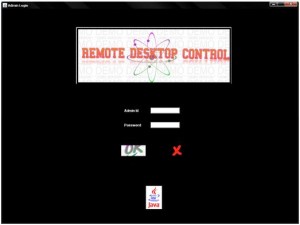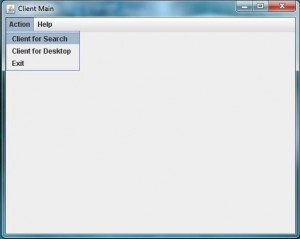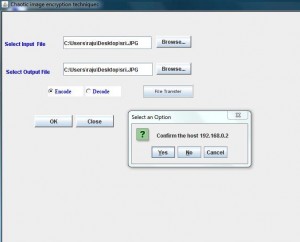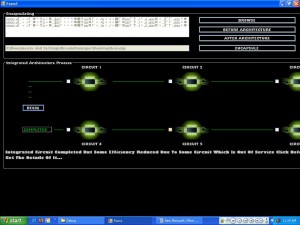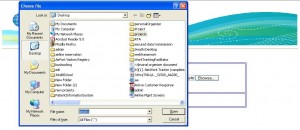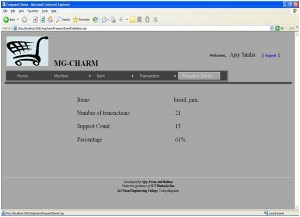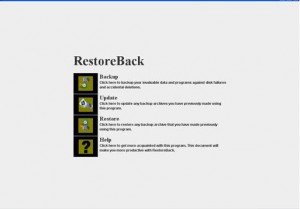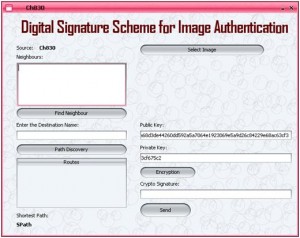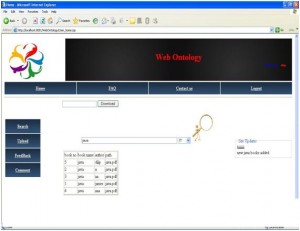Remote Desktop Sharing Project in Java is a software application which is useful to handle systems from other location and solve problems. This application is useful for network managers to handle work from home.
Remote Desktop Sharing Modules Overview:
File Transfer:
Using this module we can transfer files between the client and the server based on the IP address.
Chat :
This module asks the administrator to enter the system address on which he wants to perform the terminal operations. It also asks the administrator to mention one of the above three terminal operations to be performed on the remote system. Once the administrator has confirmed the action, an echo message is sent to the remote system in order to ensure whether the user is using the system or not. In case of the system being accessed by the user a response is sent to the administrator. The administrator can either suspend or continue with his actions after receiving the response. If the administrator knows that no one is using the system or no processes running at that time then he can use these options like shut down, restart or logoff.
Pen Drive Detection
This module defines the detection of the pen drive port. When the external device is added to the client systems, then the server will get a message from that particular client system with IP address. Then the server knows. This is used in any lab examinations. If any student will try for copying by using pen drives then the server knows that client system and will take an action on him.
Future Enhancements
In this project it is unable to scan any malware and virus in client system and notify it to the server system. Further we want to implement this concept that if any malware or virus found in client systems then a message will be sent to the server system as a notification along with brief details.

